The Pros and Cons of Being an Interior Designer
Have you ever wondered about the pros and cons of being an interior designer? We got the scoop.
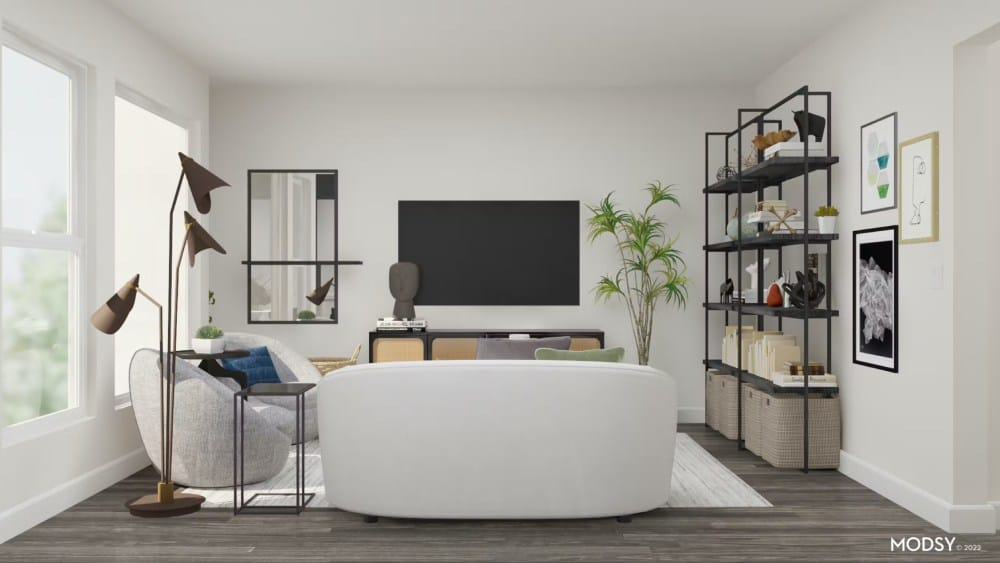
So, you want to be an interior designer. You love decorating, have plenty of ideas for every space you walk into, and everyone always asks you for decor tips. Turning your passion into a career might seem like a natural next step. As a profession that blends creativity with practicality, it can be a gratifying career.
Like many other careers, being an interior designer comes with many rewarding experiences, but it also has its challenges. To evaluate the pros and cons of being an interior designer, we asked our Planner 5D designers, Alexandra Cooper and Monika Drazdauskaite, for their insights. They share their views of their profession and offer honest feedback on the not-so-great aspects to help you make an informed decision about your career.
Meet the designers
Alexandra’s and Monika’s diverse backgrounds and extensive experience offer valuable perspectives on the pros and cons of being an interior designer. Here's a closer look at their journeys and contributions to the field.
About Alexandra
Alexandra began her career as an architect after graduating from Universidad ORT Uruguay. She furthered her education with an MBA from Universidad Politécnica de Madrid. Despite her architectural accomplishments, Alexandra discovered her true passion in interior design, particularly E-design.
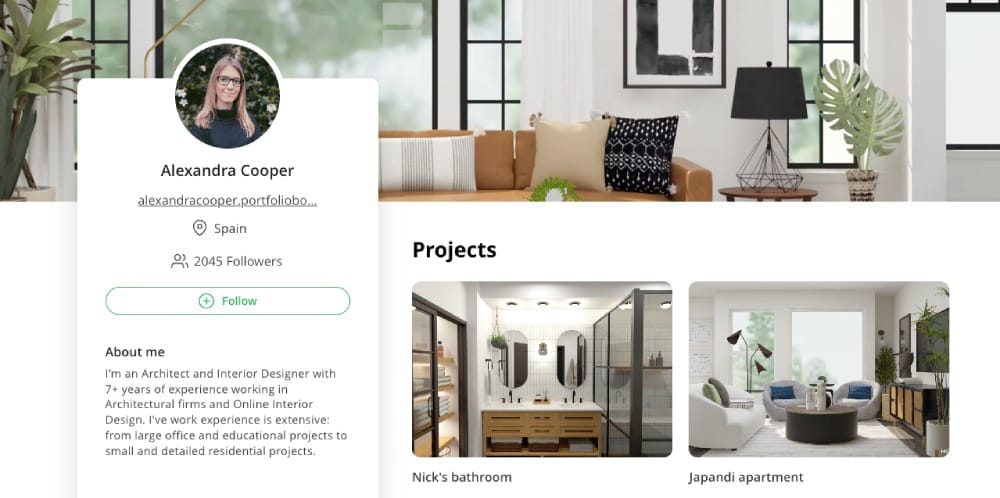
She thrives on helping people worldwide achieve their dream homes, combining her architectural expertise with her love for creative design. At Planner 5D, Alexandra works directly with clients as their primary design reference. She offers innovative ideas and helps them visualize their vision, making their dream spaces a reality.
About Monika
Monika embarked on her professional journey as an interior designer after earning a Bachelor's Degree in Business and Marketing Management from VGTU. She pursued her passion for interior design at KTMC, skillfully blending her educational background with her creative talents.
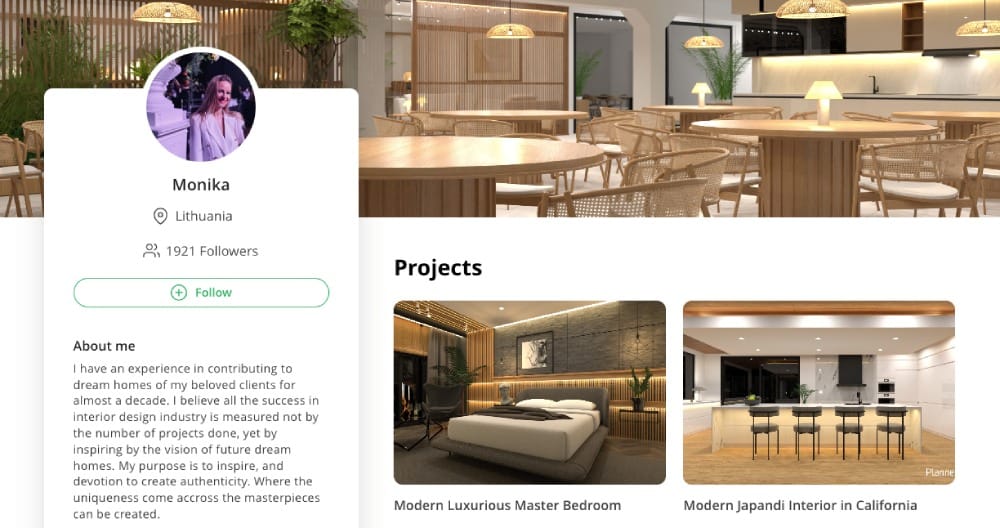
At Planner 5D, Monika plays a vital role in the content team, contributing innovative interior design ideas. She prepares engaging videos for the user community and is actively involved with the weekly Design Battles, showcasing her creativity and expertise.
Is interior design a good career?
Interior design can be a fulfilling and lucrative career if you thrive on creative challenges, enjoy problem-solving, and have strong interpersonal skills. It's a field that allows and encourages personal expression and continuous growth, making it an excellent choice for those dedicated to making their mark in the design world.

As a career, it offers numerous benefits, including the ability to make a tangible impact on clients' lives by transforming their living and working spaces. The profession's flexibility allows for various career paths, from working in established design firms to starting one's own business or freelancing.
The Pros
Let’s start with the pros of being an interior designer. Both Alexandra and Monika agree that their careers are rewarding, and they enjoy what they do and the people they work with.
It's a creative outlet
One of the most significant advantages of being an interior designer is the ability to express and utilize one's creativity. This profession allows designers to transform spaces, bringing their visions to life while enhancing the aesthetic and functional aspects of interiors.
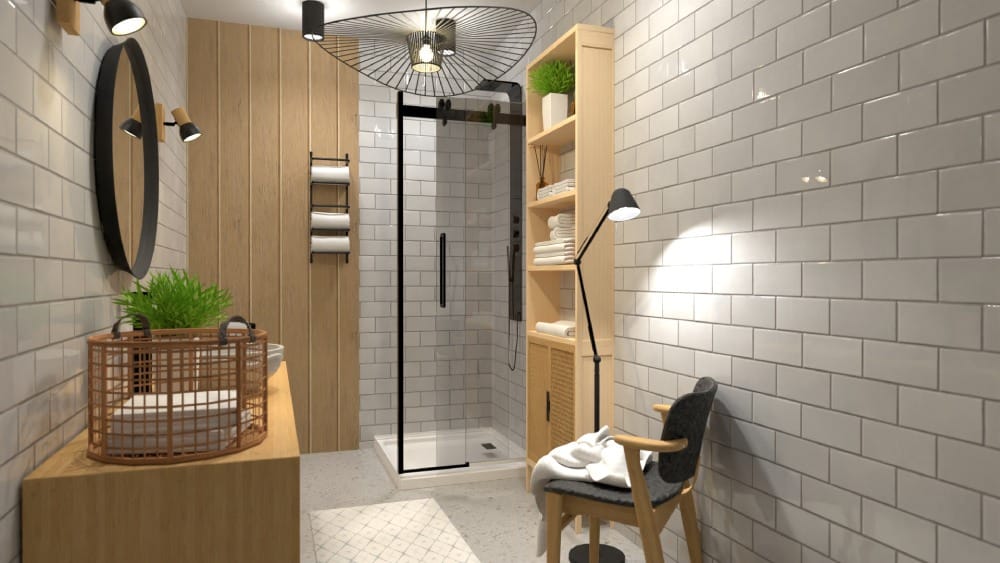
"I would add that it offers the designer an opportunity to express their most creative ideas and even improve the style taste by incorporating clients' ideas and learning from them," says Monika. "Being an interior designer is a continuous and constant process of creativity and growth, which is really exciting."
Interior designers often find themselves able to influence a space's mood and functionality, making their work impactful on a personal level. They get to play with colors, textures, and layouts to create environments that are both beautiful and functional.
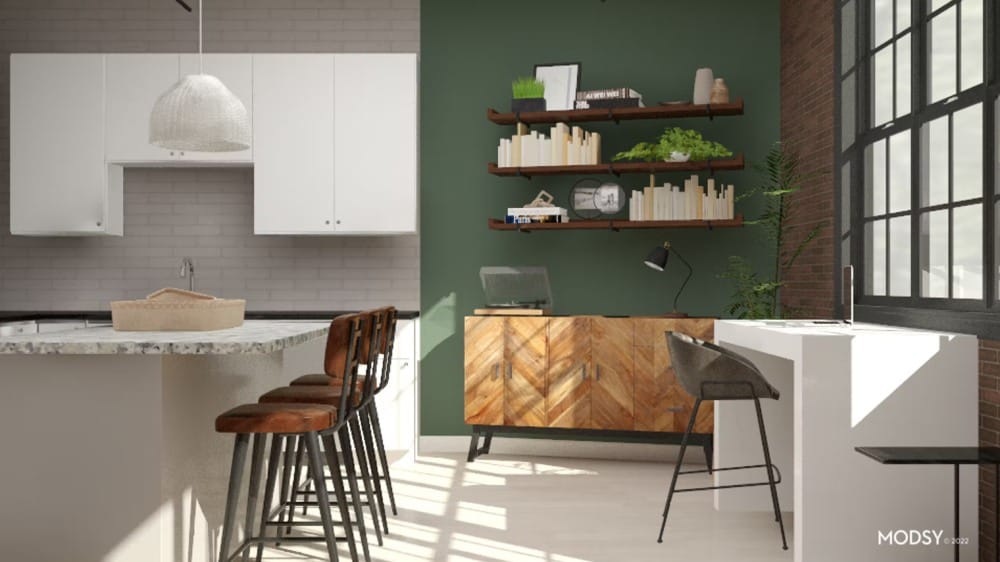
"I would also say that it is a highly rewarding job too, in the sense that it can really change a client's lifestyle and improve their life," Alexandra points out. "Also, it can increase the value of a client's home, which makes them happy too, which also makes us happy that they like our work."
There is a high earnings potential
Financial rewards in interior design can be substantial, particularly for those who establish a strong reputation and client base. High-end projects and a robust portfolio can lead to lucrative contracts and commissions.
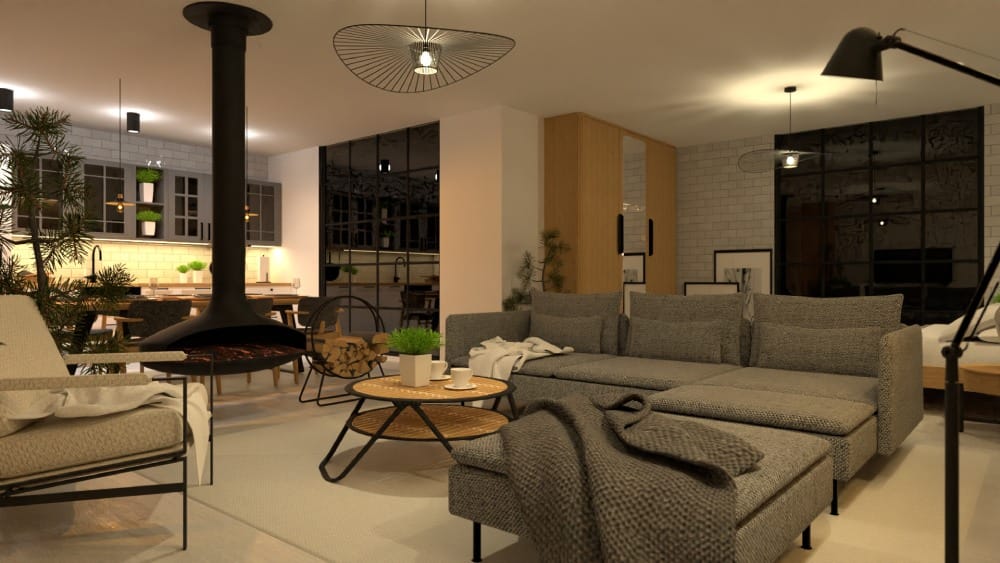
"It's true that salaries can be high, but only very few people get to that point, I think," notes Alexandra. "Also, it is difficult to become well-known fast and get big clients." This highlights the fact that while there is potential for high earnings, it is often accompanied by a challenging path to recognition and success.
It’s a growing industry
The demand for interior design services is on the rise. With the growth in real estate and a heightened awareness of the importance of well-designed spaces, more individuals and businesses are seeking the expertise of interior designers. This trend contributes to the industry's expansion, creating numerous opportunities for aspiring designers.
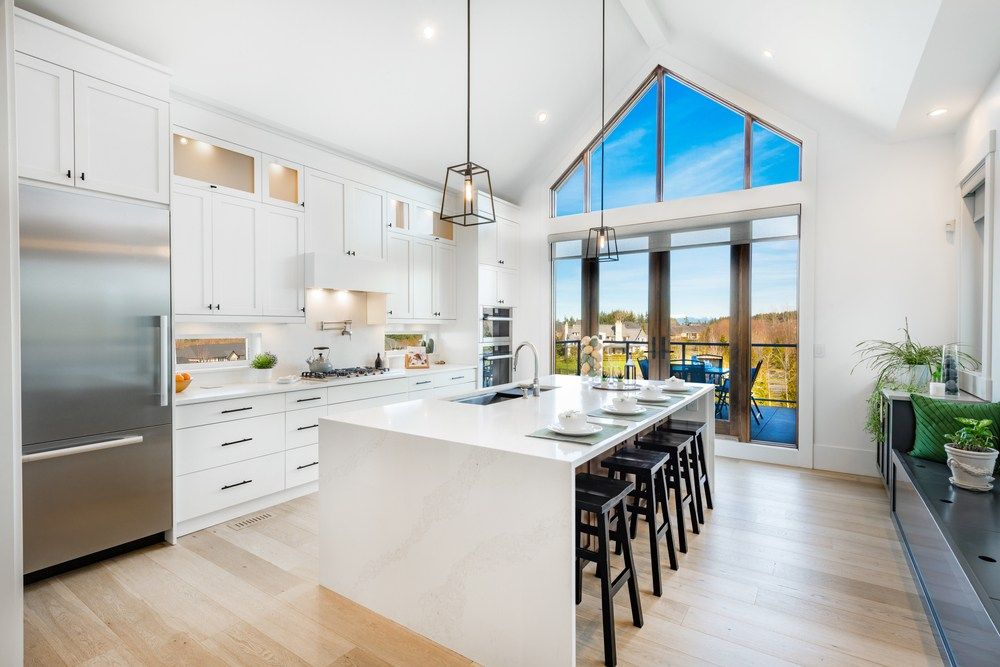
In addition, the increasing focus on sustainability and eco-friendly designs opens up new avenues for specialization, allowing designers to cater to a niche market interested in green living spaces.
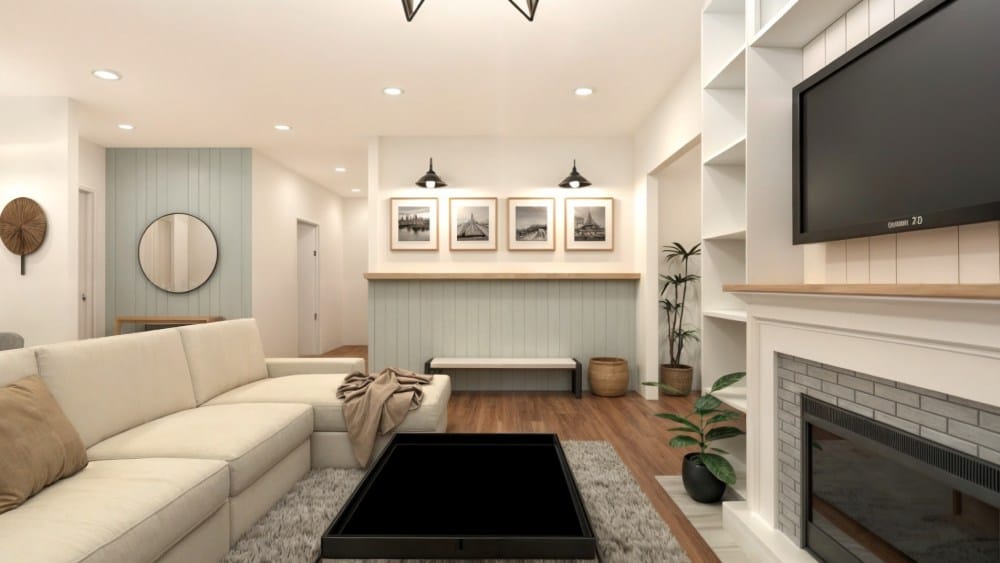
There is a lot of flexibility
A career in interior design often comes with flexibility that is attractive to many professionals. Interior designers can choose to work for design firms, start their own businesses, or freelance, providing a range of options to fit different lifestyles and career goals.
This flexibility also extends to working hours and locations. Many designers have the freedom to set their schedules and work remotely, which can contribute to a better work-life balance.
The Cons
Now, let's look at the not-so-great parts of being an interior designer, according to our experts.
Dealing with difficult clients
One of the most significant challenges in interior design is managing client expectations. Clients may have specific visions for their spaces, which can sometimes be unrealistic or difficult to achieve. Balancing professional recommendations with client desires requires excellent communication and negotiation skills.
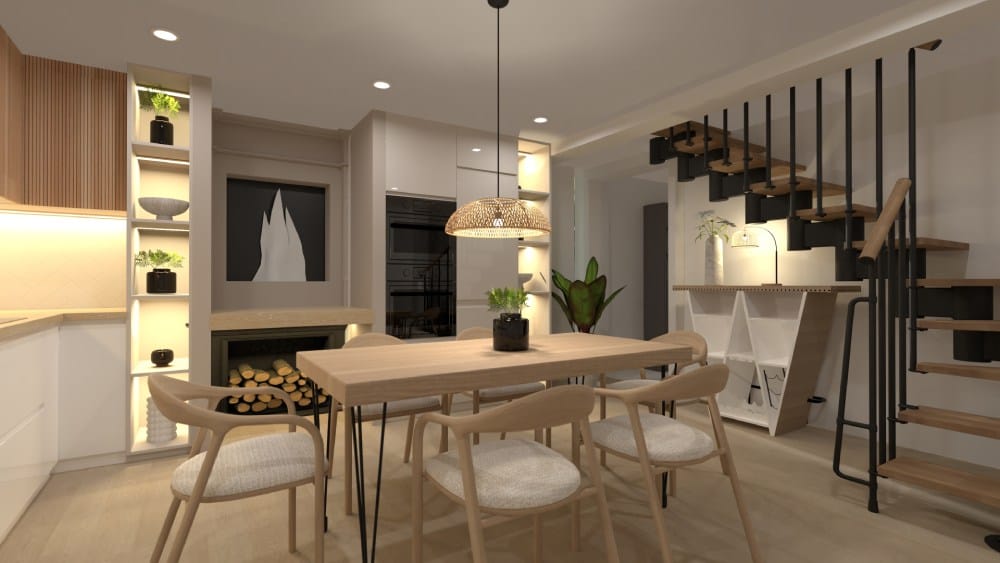
"Sometimes it's difficult to find the boundary when it is time to decide on the project," Monika explains. "Sometimes clients want to see many solutions before making a choice. This process can have no end and lead nowhere."
Dealing with indecisive clients or those who frequently change their minds can lead to project delays and increased stress. This situation can also impact any existing or future projects, creating additional pressure and frustration.
Working long hours
Interior design is not a typical 9-to-5 job. Projects often have tight deadlines, requiring designers to work long hours, especially during the final stages. This can lead to a demanding work schedule that can be taxing over time.

The need to coordinate with contractors, suppliers, and clients often extends the working hours beyond the usual business day. This can be particularly challenging if you're trying to maintain a healthy work-life balance. Want to go on vacation? You might also have to put that on hold if your current project isn't over.
Getting started can be difficult
Breaking into the interior design industry can be tough, especially for newcomers. Establishing a reputation and building a portfolio takes time, effort, and a bit of luck. New designers may find it challenging to secure clients and projects early in their careers.
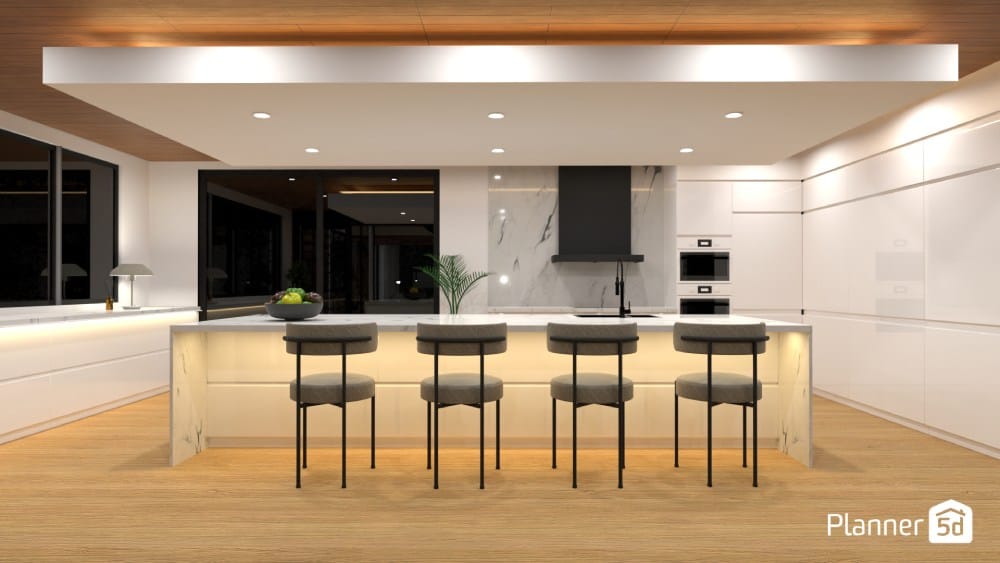
"It's difficult to get recognition fast and immediately get clients, which can make it a steep career path," Alexandra acknowledges. This steep initial learning curve can significantly deter some aspiring designers.
Requires continuous education and keeping up with trends
A career in interior design demands a solid educational background and a commitment to continuous learning. Interior designers must be proficient in using various design software and tools, which requires ongoing education and practice. They also must stay on top of the latest trends, materials and technologies. This involves regular training, attending workshops, and participating in industry events.
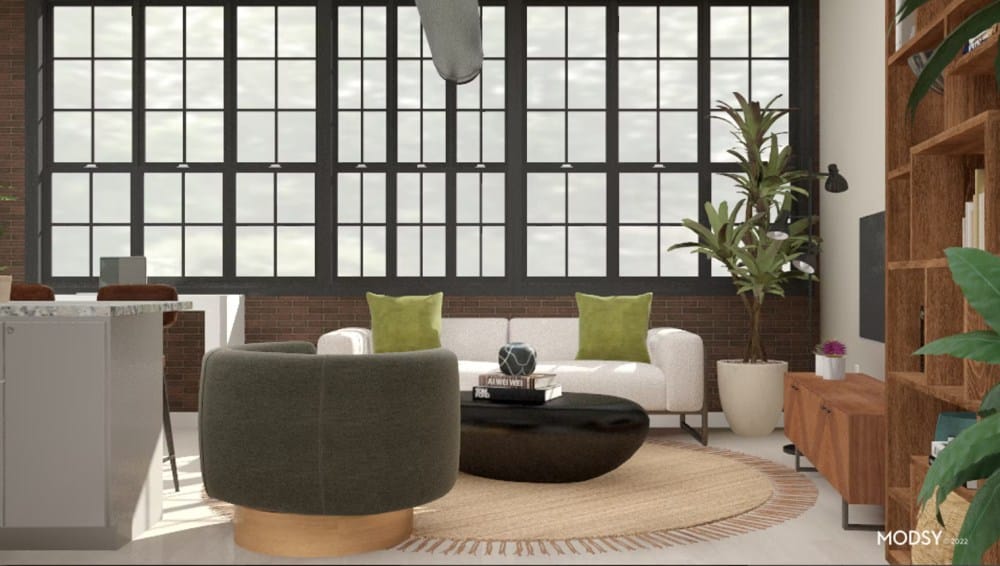
Skills interior designers need to succeed
Before you decide if an interior design career is for you, consider the skills you need to succeed in this field. Here are some of the key skills you need to have to work in the interior design business.
- Creativity and artistic sense: A successful interior designer must have a keen eye for aesthetics and a strong sense of creativity. This involves visualizing and conceptualizing spaces, understanding color theory, and selecting appropriate furnishings and decor to create harmonious environments.
- Communication and interpersonal skills: Effective communication is crucial in interior design. Designers must clearly articulate their ideas and visions to clients, contractors, and team members. Building strong relationships with clients and understanding their needs and preferences are essential for successful project outcomes.
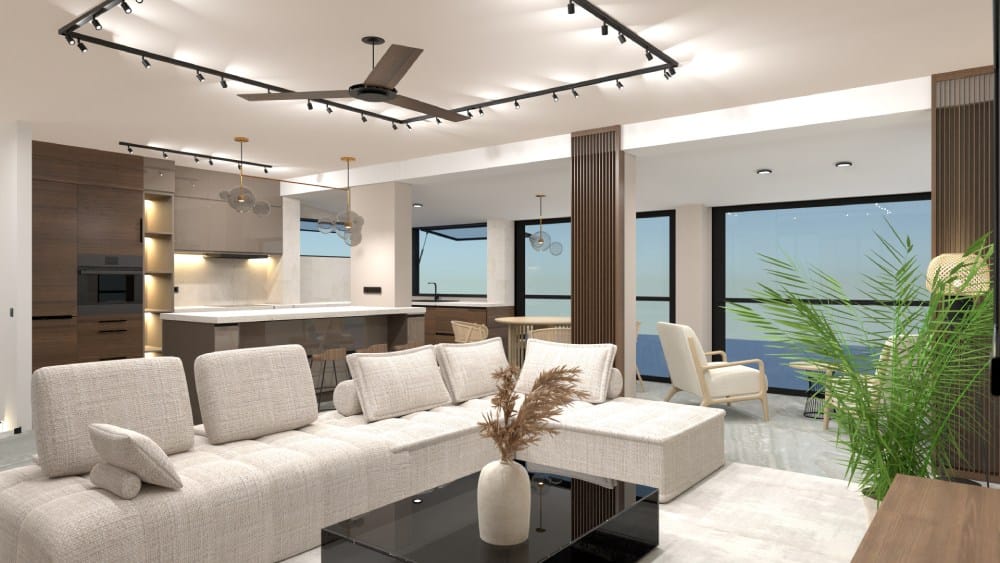
- Technical proficiency: Proficiency in design software such as AutoCAD, SketchUp and Planner 5D is vital. These tools help designers create detailed plans and 3D models, allowing clients to visualize the proposed designs. Additionally, knowledge of building codes, regulations, and construction methods is essential for ensuring functional and compliant designs.
- Project management: Interior designers often juggle multiple projects simultaneously. Strong project management skills are necessary to keep projects on track, manage budgets, and meet deadlines. This includes coordinating with contractors, suppliers, and other professionals involved in the design process.
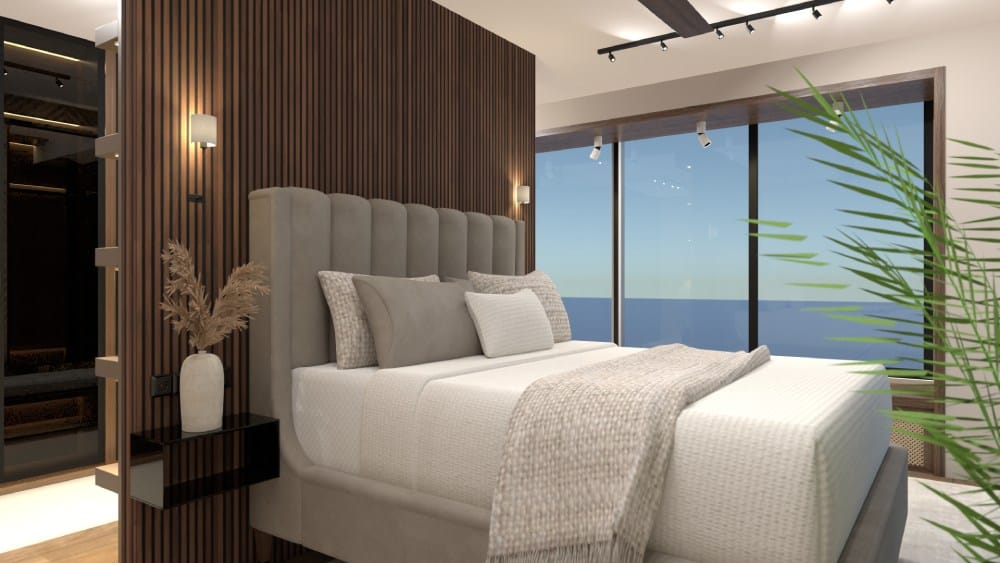
- Attention to detail: A meticulous eye for detail is vital for the interior design process. It ensures that every aspect of the design aligns with the client's vision and meets high-quality standards. From selecting the right materials to ensuring the proper execution of design elements, attention to detail is key to creating polished and cohesive interiors.
- Problem-solving skills: Design projects can present various challenges, from dealing with unexpected structural issues to managing client changes. A successful interior designer must be adept at problem-solving and think creatively to overcome obstacles and find effective solutions.
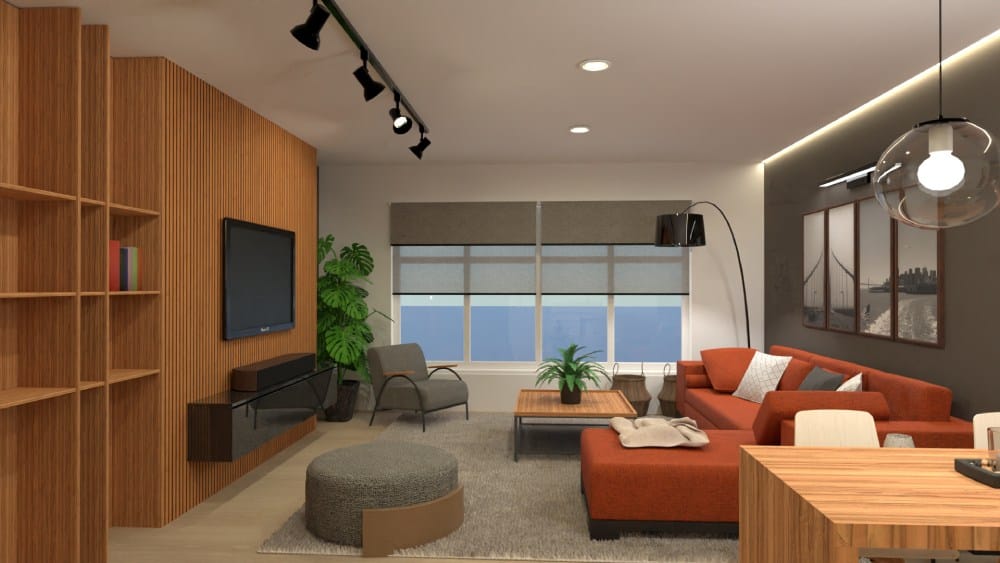
- Marketing and networking: Building a solid client base requires marketing and networking skills. Successful designers know how to promote their services through social media, portfolios, or word-of-mouth referrals. Networking within the industry can also lead to valuable collaborations and opportunities.
Conclusion
An interior design career offers both excitement and challenges. Whether you work for a design firm or open your own interior design business, you will likely find the same pros and cons of being an interior designer.
The best way to determine if this is the career for you is to weigh the pros and cons. Understanding the pros and cons and the commitment it takes to grow in this career will help you make informed decisions about your career path.
FAQ
What is the difference between an interior decorator and an interior designer?
An interior designer typically works with architectural aspects of a space, including spatial planning, renovations, and ensuring compliance with building codes. They often hold a formal degree in interior design. An interior decorator focuses on a space's aesthetic elements, such as color schemes, furnishings, and accessories. While decorators do not require formal education in interior design, they often have a strong sense of style and an eye for detail.
What qualifications do you need to become a professional interior designer?
A bachelor’s degree in interior design or a related field is typically required. Additionally, proficiency in design software and a strong portfolio are crucial.
How long does it take to become a successful interior designer?
Success in interior design varies greatly. Building a reputation and a robust client base can take several years. The better you are and the more clients you have, the more likely you are to make more money.
Can interior designers work remotely?
Yes, many interior designers have the flexibility to work remotely, especially during the design phase. However, site visits and in-person meetings with clients are often necessary.
Is interior design a stressful job?
Like any profession, interior design can be stressful, mainly due to tight deadlines and managing client expectations. However, the creative and rewarding aspects often outweigh the stress for many designers.
